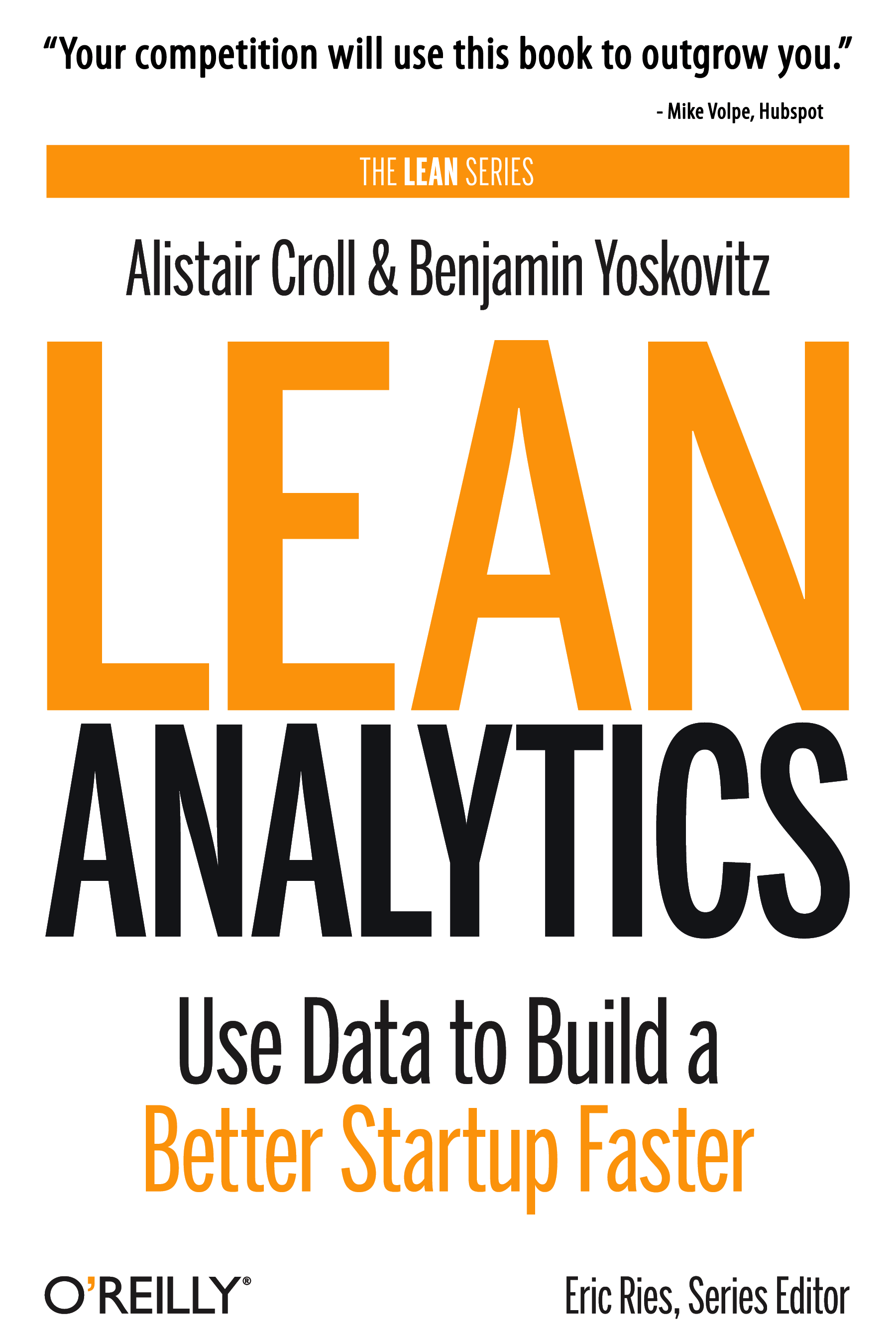$250,000 is a lot of money. Venture investors might not think so, but for most of us it’s a lot of moolah. And for early stage startups it’s often the amount they ask for coming out of the gate (or $500,000 – which seems to be pretty standard as a first, seed ask). The problem is that $250,000 is a dangerous amount of money to invest in an early stage startup.
For first-time entrepreneurs, $250,000 sounds like a million dollars. Maybe more. They’ve just raised money, they feel like giants ready to take on the world, they feel validated, and success is guaranteed! So they start spending. Office space. Office furniture. Business cards. T-shirts. Introductory video about their business. And then they spend more – particularly on hiring. All of a sudden, a founding team of two is a small startup of five.
The problem is that $250,000 runs out very quickly. And the milestones needed to raise the next round of financing are either not properly defined (and then it’s just a wishy washy mess later on), or they’re unrealistic. Founders – with their pockets bulging full of cash – get distracted from the core of building a product that customers want, and all of a sudden those seemingly easy-to-hit milestones 6-9 months out are impossible, and the company is losing momentum. This experience may be inevitable (think: The Startup Curve and the Trough of Sorrow), but it’s made particularly worse and potentially deadly when a startup doesn’t have enough capital.
$250,000 is a lot of money. I don’t like the idea that people can be flippant about spending that kind of money when there are many, many ways that money could be used for something useful in the world. But psychologically to startup founders it seems like even MORE money than it really is, and that puts a lot of startups into trouble. It results in a lot of startups struggling to raise follow-on capital, and ultimately failing before they even have a chance to succeed (what I’ve called Startup D.O.A.)
At Year One Labs we decided to invest up to $50,000 per startup. This is more than typical accelerators/incubators but far less than $250,000, or even $100,000. The thinking was that anything more than $50,000 and entrepreneurs would more readily make mistakes with the money. Anything less and they wouldn’t be able to survive (for up to 12 months in the program.) We didn’t want founders starving to death, but we also didn’t want them feeling comfortable or overly confident in their ability to spend. One thing accelerators and incubators have done successfully is chip away at the early stage $250,000 funding rounds. They make it possible and acceptable for entrepreneurs to take a lot less money, but get a lot more help and guidance. That help and guidance, the mentorship and focused access into key networks (of partners, other entrepreneurs, investors, etc.) is a value that traditional venture investors and even angel investors don’t provide (at least not on a consistent basis.) More startups will emerge further along with more traction out of relatively short accelerators than they would have with $250,000 in funding (and less value-add). They can then raise a more substantial follow-on round and give themselves a proper runway.
Going from a $250,000 round to a $500,000 or $1M round is extremely difficult. Founders are given too much flexibility to make too many mistakes with $250,000 in their pocket, and they realize (often too late) that they’re out of money, and haven’t hit key milestones. They also get too distracted (with that amount of money) but also realize that they have to start raising almost immediately, which is a further distraction. One advantage of (most) accelerators and incubators is the focus of a demo day that brings a lot of concentrated investor interest at one time. That can speed up some of the normal process of fundraising, which is great.
This isn’t meant to be a pro-accelerator/incubator post per se. I’ve certainly raised some concerns and issues with the accelerator model. But I’ve seen a lot of companies raise $250,000 or thereabouts only to run into a heap of trouble after the fact. These startups were most likely not able to raise more (even if they wanted to), so they go with a lower raise. Investors may look at this as hedging their bets instead of investing too much too early, but I think they are doing startups a disservice.
 Founding Partner at
Founding Partner at 